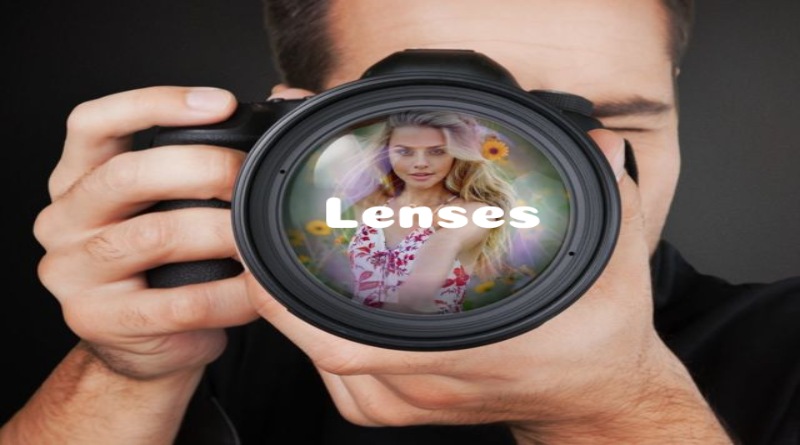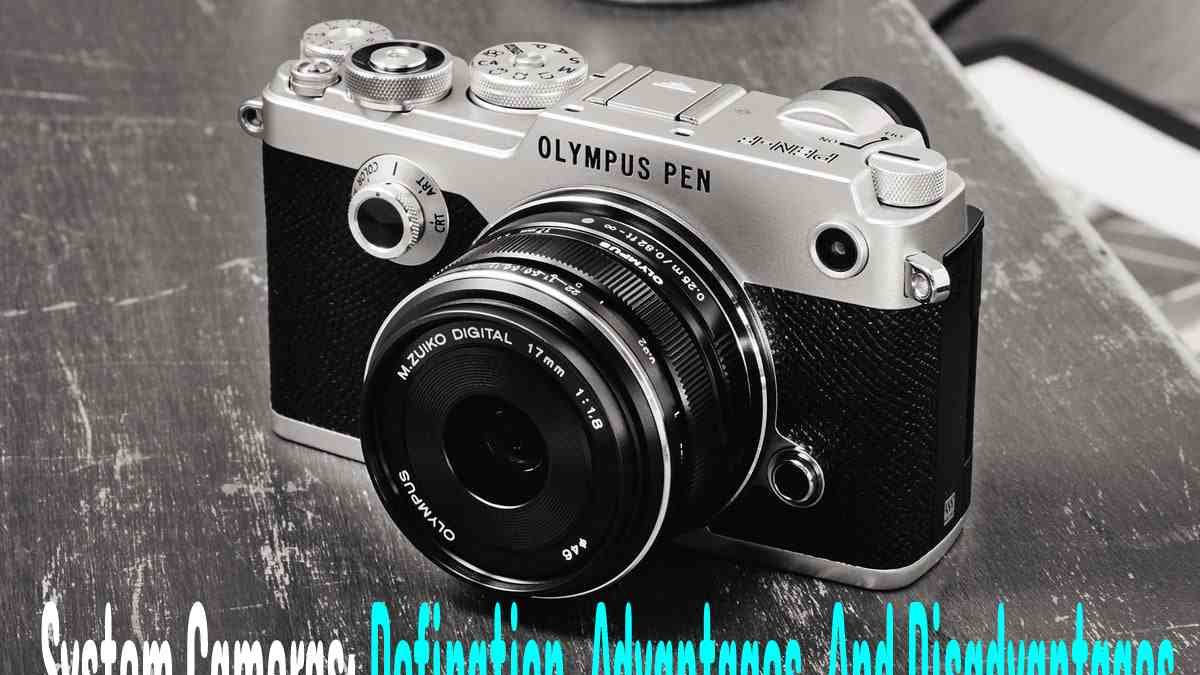A system camera is a digital camera with interchangeable components. May use the body of the camera with a variety of lenses. Unlike the SLR camera, the system camera does not have a mirror box and instead incorporates an image sensor into the camera housing. Consequently, the system camera achieves a compromise between an SLR and a compact camera.
The system camera is a great travel companion, but it shines in the studio. Because of its simple and safe operation, it is suitable for professional photographers and hobby cutters. The system camera is space-saving and does not have a mirror. That explains why it’s only a tiny camera’s size. Despite this, the it makes no compromises in terms of image quality.
The system camera combines the advantages of compact digital cameras with high-quality SLR cameras, namely small size and low weight with very high image quality.
Table of Contents
Advantages Of System Camera:
No Mirror
Because the it does not have a mirror, it can save a lot of space, size, and weight. Thanks to the new technology, a system camera does not need a mirror box to take razor-sharp pictures. That is why it impresses with its small size and handiness.
Unbeatable Image Quality
A mirrorless system camera does not need to hide from SLR cameras in terms of image quality. High resolution, depth of field, and interchangeable lenses allow the system camera to meet even the highest demands on image quality.
The Big Sensor Makes The Difference
A large image sensor also means high light sensitivity. In most cases, the image sensors are 17.3 × 13.0 mm or 23.5 × 15.6 mm in size and thus offer a large area for sharp and good images. With this technology, the system camera manages to achieve outstanding results in terms of image quality.
Small But Nice – System Camera
No SLR camera in the world can keep up with the compactness of a system camera. Due to the lost mirror box, the structural camera saves a lot of space and takes anywhere without any problems – in the pocket, in the backpack, or dangling around the neck. The low weight is in the range of a compact camera.
Creativity Wins -System Camera
What doesn’t work with the digital it is no longer a problem with the system camera. Using different lenses creates space and opportunities for imagination and creativity. In addition, many models offer lots of additional effects to add different styles to your pictures while taking the picture without having to retouch them later with an image editing program.
Autofocus For Sharp Images
The new generation of system cameras offers super-fast autofocus in some models. It is so fast and precise that these cameras can sometimes even surpass the quality of SLR cameras.
Fair Prices
Mirrorless it will already commercially available in good quality at fair prices. It is particularly suitable for ambitious beginners. This checklist here also offers an excellent price overview for a complete set of equipment, including lenses and accessories. For example, the cost of the Sony Alpha 6000 is currently in the midfield at around 419 euros. After that, the costs of portrait photography are 1,700 euros everywhere for Canon, for example. For comparison: The price for an SLR camera equipment for Canon is around 2,000 euros – almost 300 euros higher.
System Camera Lenses

Using different lenses offers system camera users almost endless possibilities to let their imagination, creativity, and art run free. However, it is essential to consider which lenses will be needed later before you buy them. Unfortunately, not all lenses fit all cameras – this should always consider when deciding for or against a special it. The camera’s sensor size also plays a decisive role when buying a lens. If it is not a full-frame camera, it must consider the crop factor.
Lenses For System Camera At A Glance:
All-Round Lens
Can use the all-around lens in many situations where the it will use. It offers both an extensive zoom range and settings for macro shooting. Broad lenses are the right choice for beginners – you can’t go wrong here.
Macro Lens
There are so-called macro lenses especially for recording macro objects (i.e., tiny subjects such as insects) and close-ups.
Portrait Lens
It would help if you had a portrait lens for the it to shoot portraits. This lens offers a standard or medium telephoto focal length and is very fast. These lenses have a slight telephoto focal length. This lens makes it possible to stage portraits in a colorful and lively way.
Travel Lens
You should not do without a travel lens for your camera if you go on a trip. Due to its small size and low weight, a travel lens fits perfectly in any hand luggage and doesn’t take up much space. In addition, the travel lens can take pictures from wide-angle to telephoto.
Wide-Angle Lens
The wide-angle lens is the opposite of the macro lens. The focal length is short, and the lens naturally has a wide-angle zoom to get as much as possible in the picture and show the distance and depth of the photograph very well. It is ideal for taking landscape photos or nature photos.





Review System Camera: Defination, Advantages, And Disadvantages.